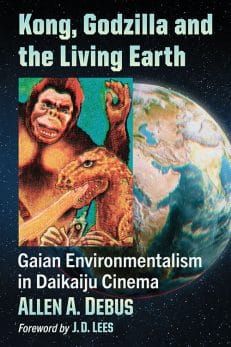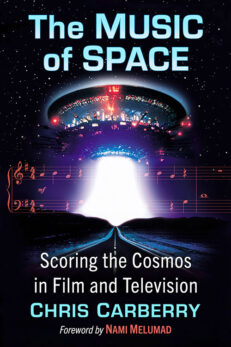The Music of Space
Scoring the Cosmos in Film and Television
$39.95
In stock
About the Book
Since the early days of motion picture production, film scores have helped define our emotional and aesthetic perception of stories on screen—particularly with space movies and television. The music from The Day the Earth Stood Still, 2001: A Space Odyssey, Star Wars, Star Trek, Battlestar Galactica and others has helped define the public’s awareness of space almost as much as the films themselves. In some cases, they have redefined the norms of film music. Star Wars not only revived the popularity of orchestral film scores but also helped stimulate an increased public interest in classical orchestral music around the world.
This work explores the music and the composers who have helped define the sound of space for over a century, transforming how we perceive space and even inspiring greater interest in space exploration. This book also details how music has been performed and played in space since the early days of the “space race.”
About the Author(s)
Bibliographic Details
Chris Carberry
Format: softcover (6 x 9)
Pages: 307
Bibliographic Info: 16 photos, notes, bibliography, index
Copyright Date: 2024
pISBN: 978-1-4766-8897-8
eISBN: 978-1-4766-5146-0
Imprint: McFarland
Table of Contents
Acknowledgments ix
Foreword by Nami Melumad 1
Introduction 4
1. The First 50 Years of Space Films: From Silence to Sound 9
2. The Evolving Sound of Space: The Sound of the 1950s 27
3. Entering the Final Frontier: The 1960s and Early 1970s 40
4. John Williams and Star Wars, 1977: A Turning Point in Space Music 68
5. The Post–Star Wars 1970s 94
6. Alien and the Return of Star Trek 100
7. The 1980s 116
8. Space: The 1990s 148
9. A New Century 167
10. Star Wars Returns 203
11. Star Trek Returns—Again 224
12. Music in “Real” Space 237
Conclusion 254
Chapter Notes 257
Bibliography 277
Index 291





